Deck & Commander Strategies
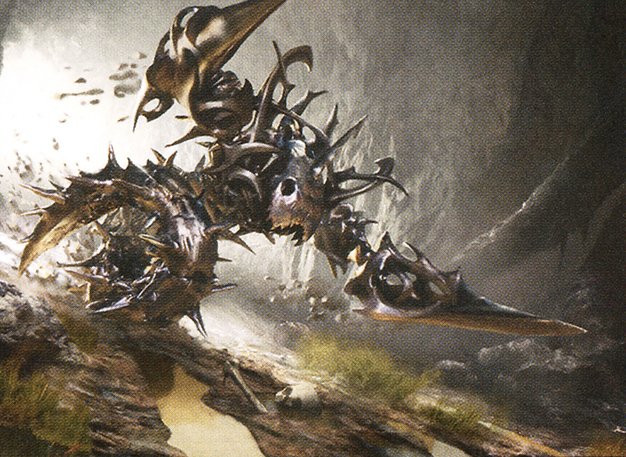
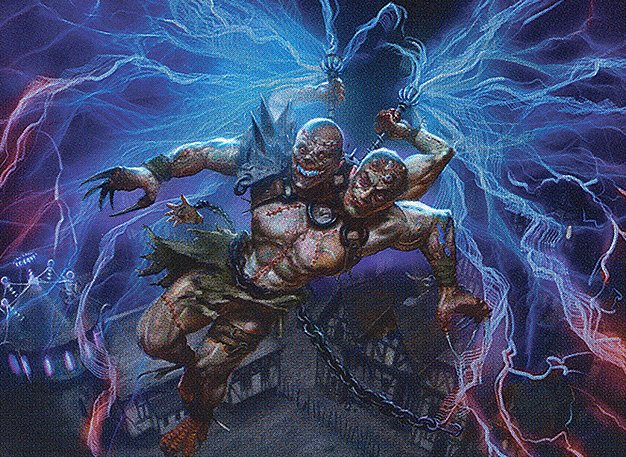
Armix, Filigree Thrasher and Kraum, Ludevic's Opus
A midrange Ad Nauseam deck that can pivot between fast combo wins using Ad Nauseam or controlling the board with versatile removal and disruption, leveraging flexible mana and card draw.
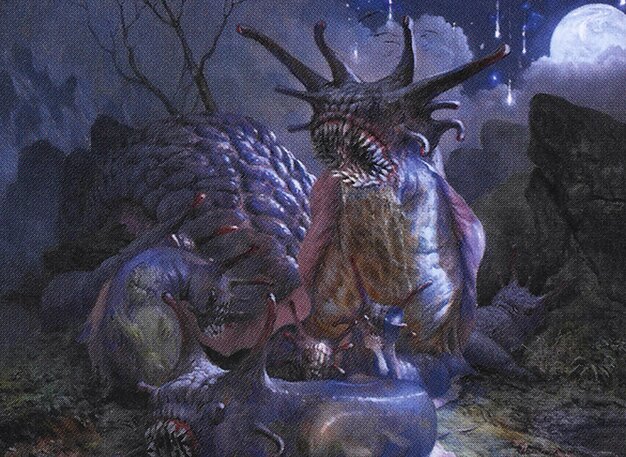
Toxrill, the Corrosive
A -1/-1 counter based strategy controlling the board by weakening creatures each turn and generating card advantage through sacrificing tokens, aiming to stabilize and win through attrition or combo.
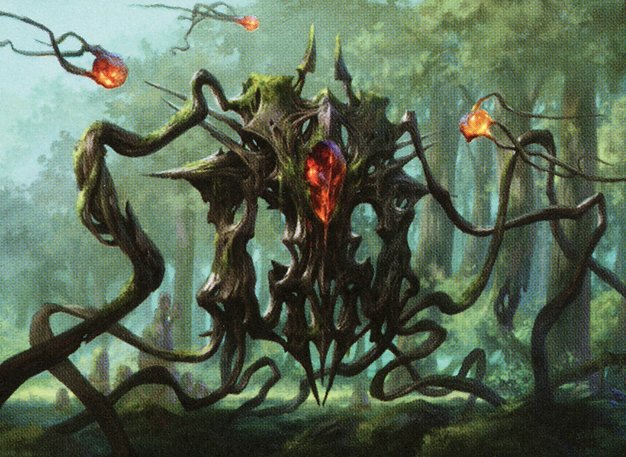
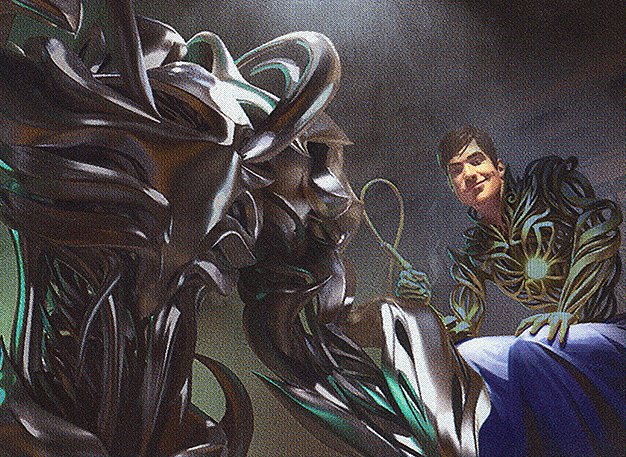
Kodama of the East Tree and Silas Renn, Seeker Adept
Ramp and value generation focused on putting creatures into play and feeding mana resources, utilizing synergy with elf ramp and artifact recursion for sustained board presence.
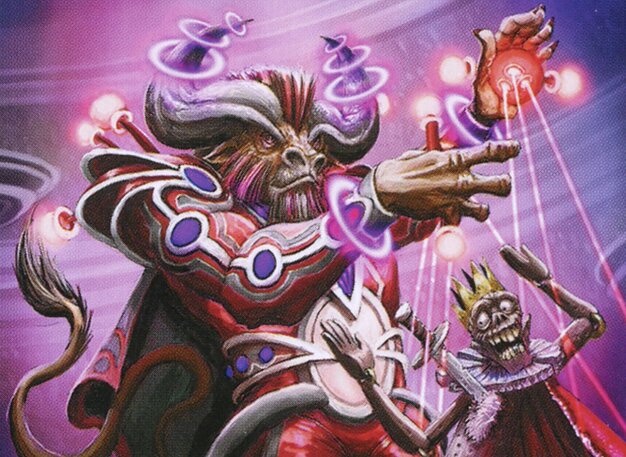
Magar of the Magic Strings
A combo deck focused on reanimating a key creature to generate infinite combat steps, supported by spells that put creatures into the graveyard and interaction to protect the combo.
Gameplay Insights
- 1
Toxrill's -1/-1 counter mechanic effectively controlled the board by clearing creatures and generating tokens that provided card draw, slowing down opponents' aggressive strategies.
- 2
Magar's player needed to find red mana and elemental blast to remove key cards like Heirloom Study that slowed their combo, illustrating the importance of targeted interaction in cEDH.
- 3
Players prioritized holding up countermagic and interaction such as Misstep and Mindbreak Trap to prevent opponents from establishing their combos, leading to a slow, tactical early game.
- 4
The presence of card draw engines like Mystic Remora and Dockside Extortionist created tension around resource management, as drawing cards often led to finding answers or combo pieces.
- 5
Balancing between developing mana and holding up disruption was critical, as seen when a player debated casting Twister to refuel their hand versus preserving interaction for opponents' threats.
Notable Cards
-

Dockside Extortionist
-
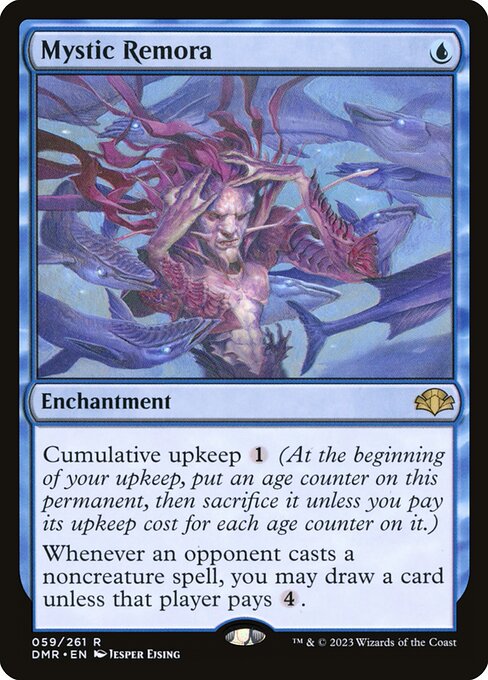
Mystic Remora
-
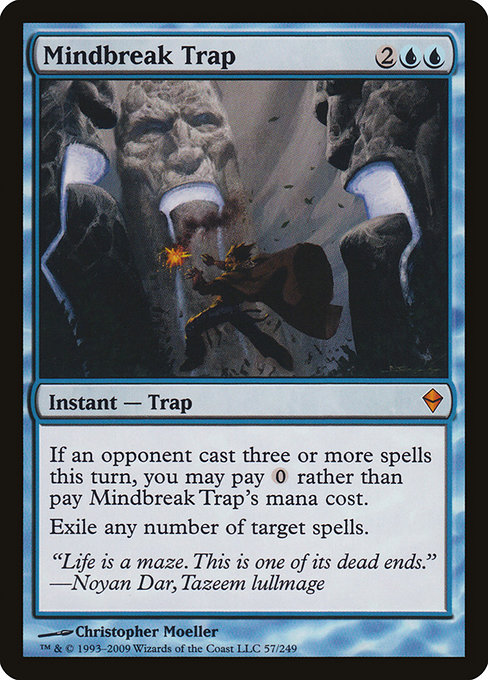
Mindbreak Trap
-

Dark Ritual
-
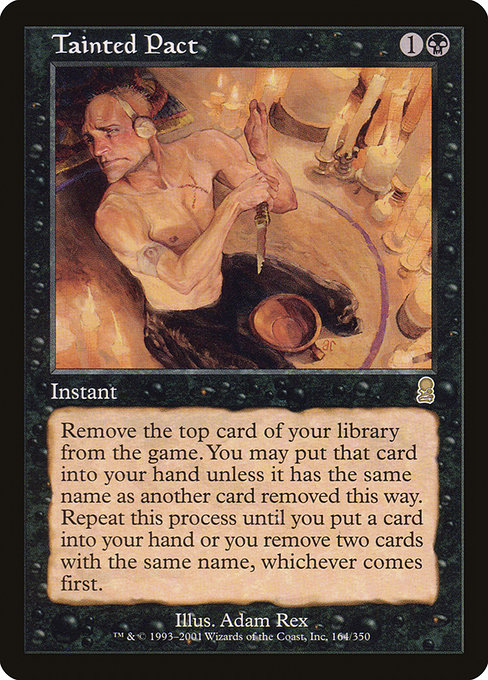
Tainted Pact
-
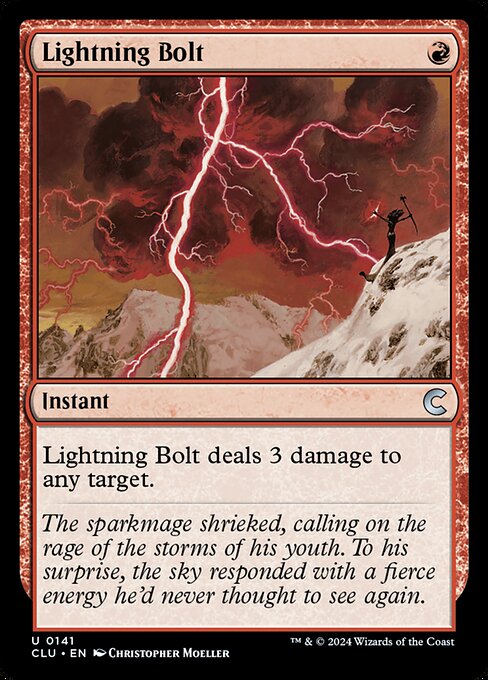
Lightning Bolt
-
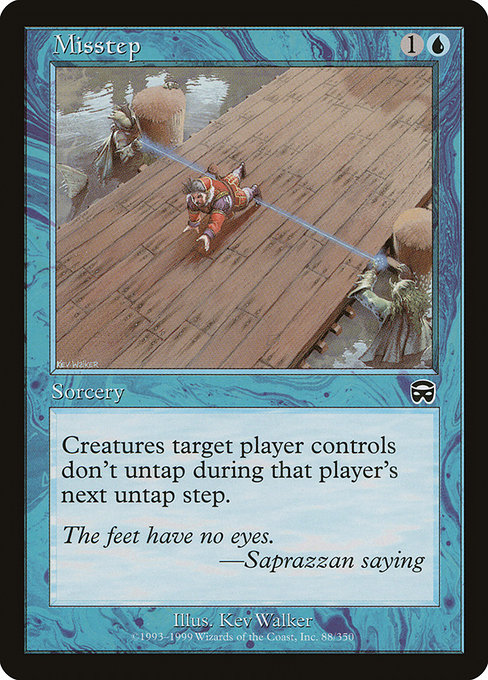
Misstep
Gameplay Summary
The game began with a slow start from several players, each setting up their mana base and early plays cautiously.
The Toxrill player focused on generating mana and value through creatures like Dockside Extortionist and utilized a strategy based on -1/-1 counters to clear the board and create card draw engines.
Meanwhile, the Magar player aimed to assemble an infinite combat step combo by putting CS of the day into the graveyard and reanimating it with their commander, but progress was slowed due to opposing disruption and the presence of cards like Heirloom Study and Mystic Remora.
Kodama and Silas focused on ramping and value generation while trying to maintain board presence, and Armix and Kraum played a midrange Ad Nauseam-style deck with flexible control and combo potential. Key turning points included the Toxrill player's use of the -1/-1 counter mechanic to protect their board and keep opponents off balance, as well as the Magar player's attempts to find red mana and interaction to enable their win combo.
The presence of multiple counterspells and interaction like Missteps, Mindbreak Trap, and Dispel throughout the early game slowed down aggressive combos and forced players to carefully time their plays.
Despite attempts to accelerate and combo off, the game remained relatively balanced as players jockeyed for position and tried to disrupt each other's strategies.
The game highlighted the importance of resource denial and interaction in cEDH, as well as the need to adapt plans based on opponents' board states.










































![Taking Unfinity Seriously [Commander VS 312] | Magic: the Gathering Commander Gameplay thumbnail](https://i.ytimg.com/vi/DtfvS6bLBdA/sddefault.jpg)





